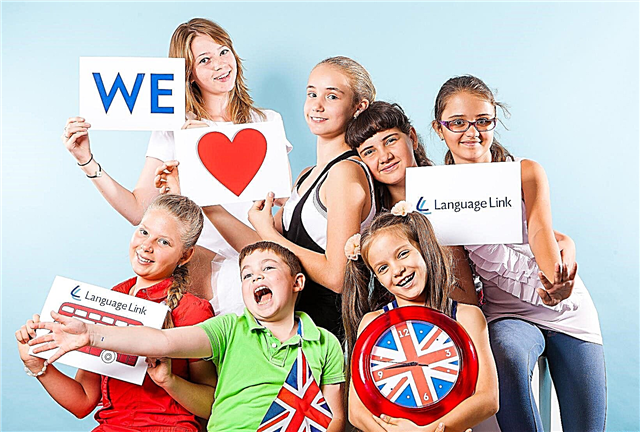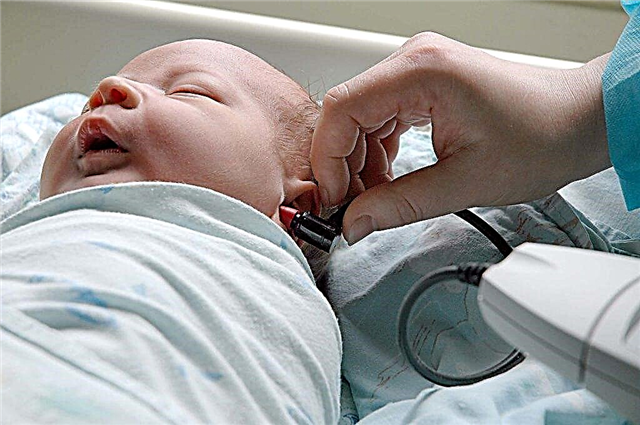Many experts are sure: the sooner you start working with your baby to develop certain skills, the sooner he will receive the abilities and skills that are important for a full life. Numerous early childhood education and development systems are built on this principle. We offer a brief description of the most popular methods today, so that you can navigate and choose the one that will help to maximize the inclinations of your child.

It is difficult to classify early developmental systems due to their universality, however psychologists conditionally divide them into physical and general developmental ones.
Early physical development techniques
From the first minutes to the age of one year, a child lives an entire era. He learns to raise his head, sit, take the first independent steps, pronounce the first words. That is why physical education is the most important thing for babies at this stage.
We read on the topic:
- What a child can and should be able to do in the first year of his life - https://razvitie-krohi.ru/razvitie-rebenka-do-goda/rebenok-v-vozraste-1-god-chto-umeet-kroha.html
- Child development from birth to one year - https://razvitie-krohi.ru/razvitie-rebenka-do-goda/razvitie-rebenka-do-goda-po-mesyatsam.html
Nikitins technique
Back in Soviet times, Nikitin's spouses showed how to help a child become an independent person from birth. As soon as the baby has learned to crawl, his research activities should not be limited by anything or anyone. For example, the authors strongly advise to abandon all kinds of strollers and playpens, considering them a kind of children's prison. Of course, before that you need to prepare the apartment, making it as safe as possible for the child.
The main goal is not to interfere with child development, but to help him; not to force the child, but to create the necessary conditions for self-improvement. This task is accomplished using three basic principles:
- freedom and independence of the child (lack of special training, combination of sports with other types of work);
- sports environment (shells, exercise equipment) in the apartment and light clothing that does not hinder the baby's movements;
- indifference of adults to the successes and failures of children.
Watch the video Irreversible Fading of Opportunities for Effective Child Development (NUVERS Nikitin)
Developing dynamic gymnastics
The technique of L. Kitaev and M. Trunov satisfies the motor needs of a child under one year old, and also develops his innate reflexes. Dynamic gymnastics is based on ancient Russian traditions, when babies were taken by the armpits and slightly tossed. Older children, grabbing hands and feet, were rotated around themselves, forming something like a carousel. In such simple games, adults gave the kids the opportunity to move when they did not yet have the skills to do so. After the child learns to walk, these exercises are no longer stimulating. All acquired skills must be transferred to sports games, exercises and exercises at sports complexes.
READ IN DETAIL:Dynamic gymnastics: benefits and harms for the newborn
Dynamic gymnastics for babies (3 months), where to start?
Dynamic gymnastics for toddlers: basic exercises to help your child grow healthy!
These dynamic gymnastics exercises are suitable for both boys and girls. Watch the video and you will find out where to start!
Swimming with a baby
According to this technique, it is important not only to bathe newborns, but also to swim with them. Although the movement of a small child in the water is very limited, swimming strengthens his muscles, teaches him to navigate in space. Therefore, the young swimmer begins to get up and walk earlier than other children. First, the exercises are carried out in the bath, and only then in the pool. If you are afraid of hurting your baby, find an instructor who will definitely help you avoid serious mistakes while swimming.
READ IN DETAIL: We teach babies to swim and dive: how and when to start classes with newborns at home in the bath. Many high quality video instructions
General early development systems
The systems of Maria Montessori, Glen Doman, Nikolai Zaitsev and some others can be attributed to the methods covering the development of children's self-learning ability, the formation of writing skills, reading, and the improvement of mental processes.
Pedagogy Montessori
The basis of Maria Montessori's teaching method is for the child to develop independently. In kindergartens working on this pedagogical system, kids are surrounded by various objects that help them experiment on their own and freely explore the world around them. Educators are wise helpers who do not restrict, but guide children. The same applies to adults, who must set an example for the child to imitate and guide his abilities in the necessary direction by providing the appropriate toys. Here in detail about the Montessori technique.
Waldorf pedagogy
The Waldorf development system is based on completely different principles. The training is divided into three stages, taking into account the age of the children. A child up to seven years old receives new knowledge and skills through imitation, from seven to 14 years old feelings and emotions are connected. And only from the age of 14 children "turn on" logic. This methodology does not accept early intellectual learning in any form. So, only from the 3rd grade, children are taught to read, and before school children play only with toys made from natural materials. By the way, adults should completely eliminate TV, computer and video games from a child's life.
Perhaps you will be interested in:
- Influence of modern gadgets on children (pros and cons)
- 10 signs of children's addiction to computer games and the Internet: harm from the computer
Glen Doman's technique
Glen Doman argued that development is effective only during the period of brain growth - that is, up to seven years. The main task of adults is to preserve and increase the enormous potential of a newborn baby. The early learning program consists of four main areas: physical development, numeracy, reading and encyclopedic knowledge.
So, counting for kids looks like a game with cards, which show large red dots. And the number of dots is called out loud, not a number. Doman believed that children can easily memorize and systematize naked facts. Parents are encouraged to make a set of cards with images of great people, plants or animals. The kid should not only remember the name of the image, but also tell about it.
Read in detail about Glen Doman's technique
Cecile Lupan technique
The author of the methodology took Doman's system as a basis, reworking and simplifying it. So, Cecile Lupan recommends talking with a baby from the very first minutes of life, even if he does not understand the words. But the baby gets used to his native speech, and the sounds that were meaningless before are filled with concrete meaning. When the children start to speak, you need to teach them to read. Each familiar word must be written in large letters on cards and placed next to the objects that they represent. For example, a "chair" next to a chair, and a "sofa" next to a sofa. The author also recommends creating homemade books about your child, in which, in addition to fairy tales, there will be his photographs.
Zaitsev Cubes
Nikolay Zaitsev has developed a set of manuals for teaching children to read, mathematics, writing and English for home and kindergarten education. This technique is insanely popular, as it is liked by both parents and kids. All they have to do is play with very colorful, unusually sounding, interesting cubes and sing songs. Learning and memorization takes place in a fun way, without much effort and energy consumption. So, first, adults need to purchase (or make) the necessary material for the exercises: tables, blocks and audio recordings. Then it is fun and easy to play with the baby: sing, add cubes, write words with cubes and on tablets. As experienced mothers say, reading will come by itself.
Surely, having familiarized yourself with the methods of early development, you will find that many of the principles underlying them are applied in raising your own kids. And yet - no pedagogical system is ideal, so the best option for thinking parents who want to raise a smart and happy child is to combine several methods, of course, taking into account their strengths and weaknesses.



